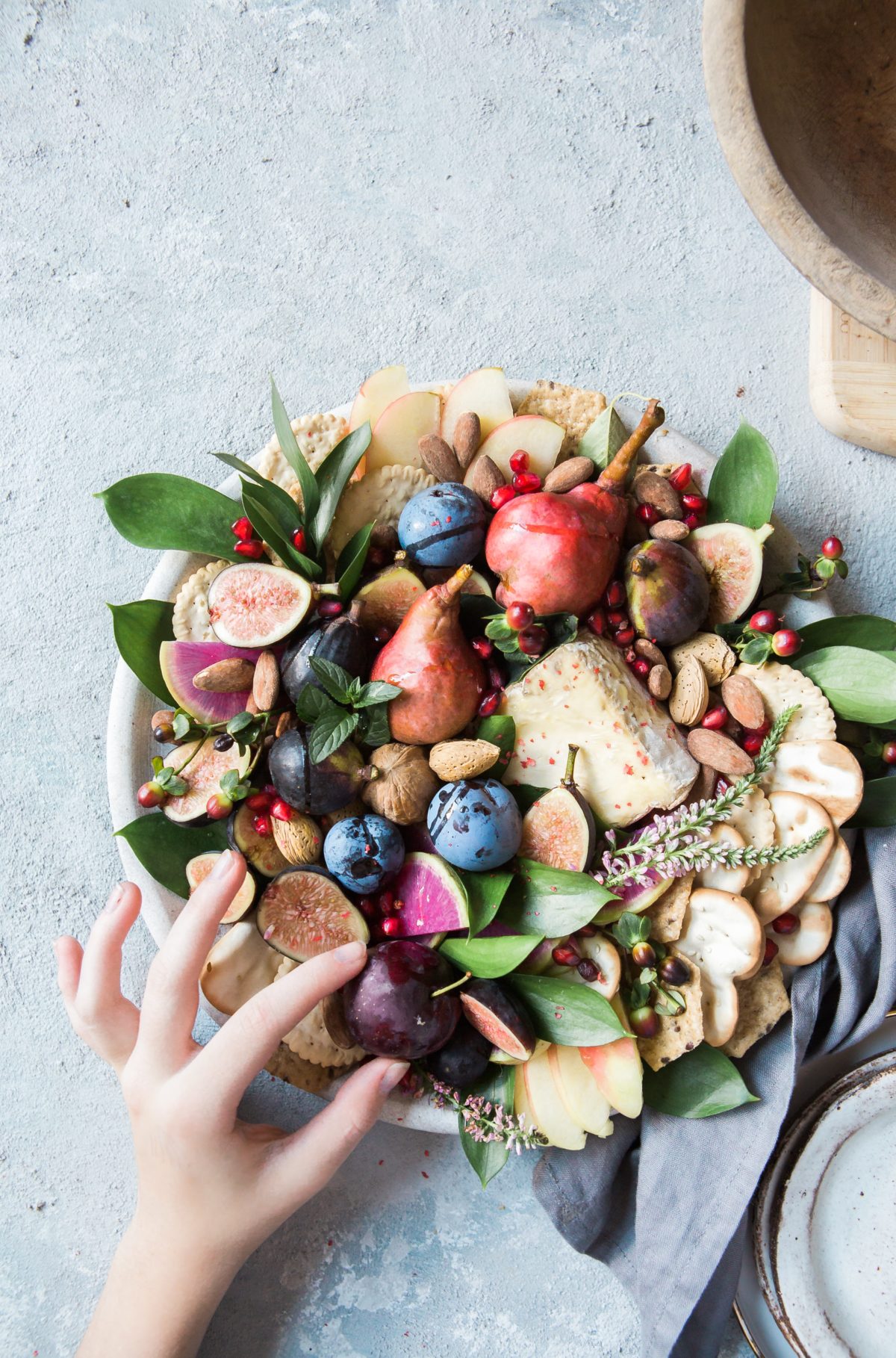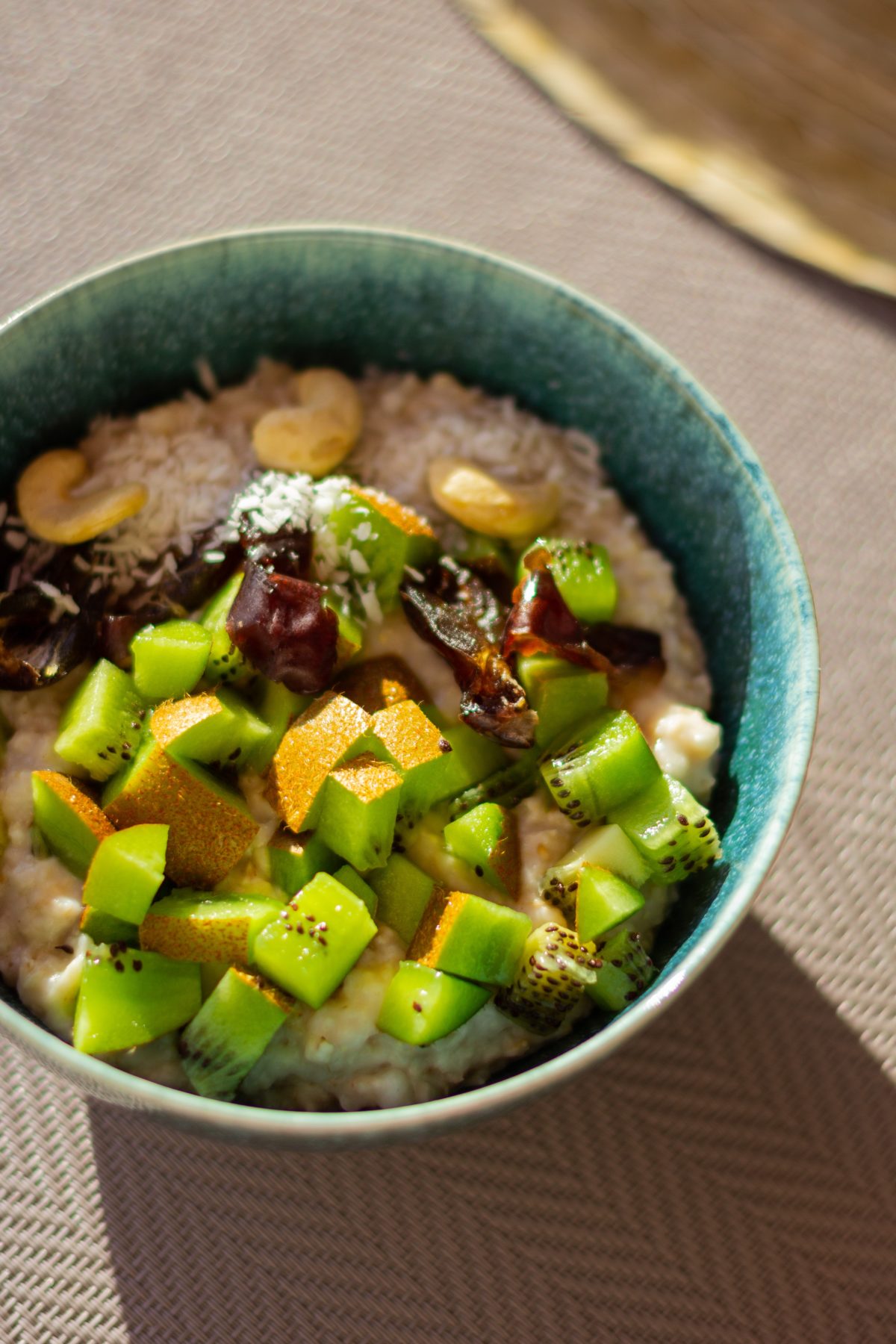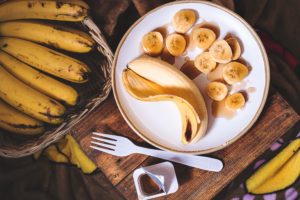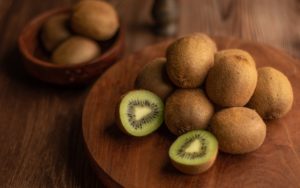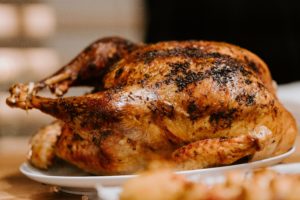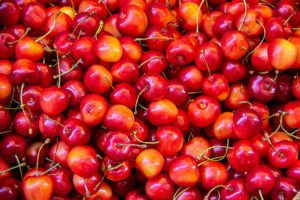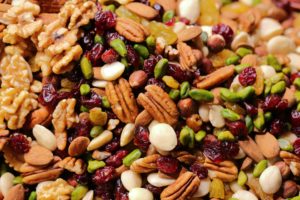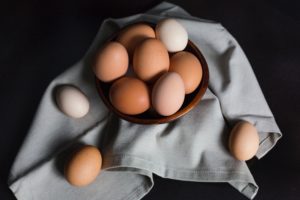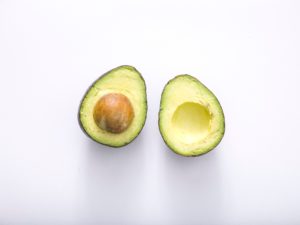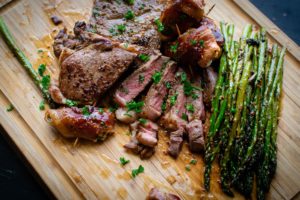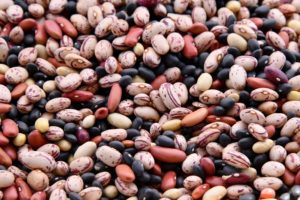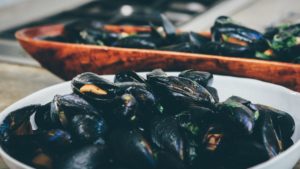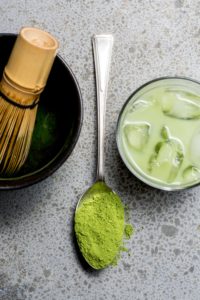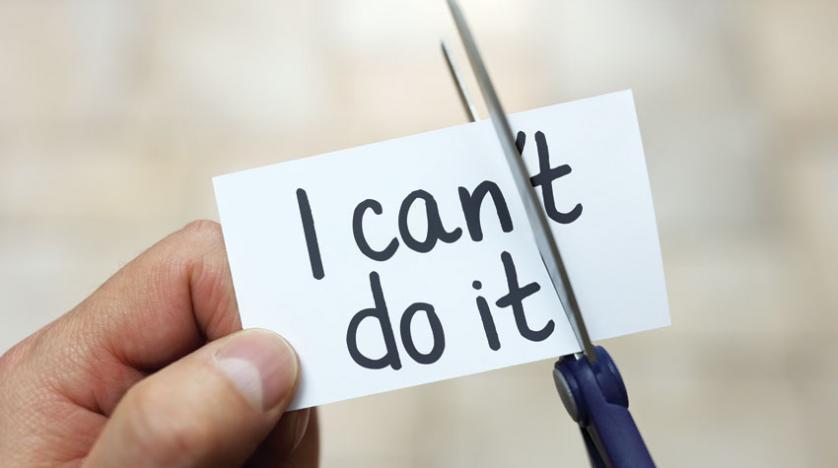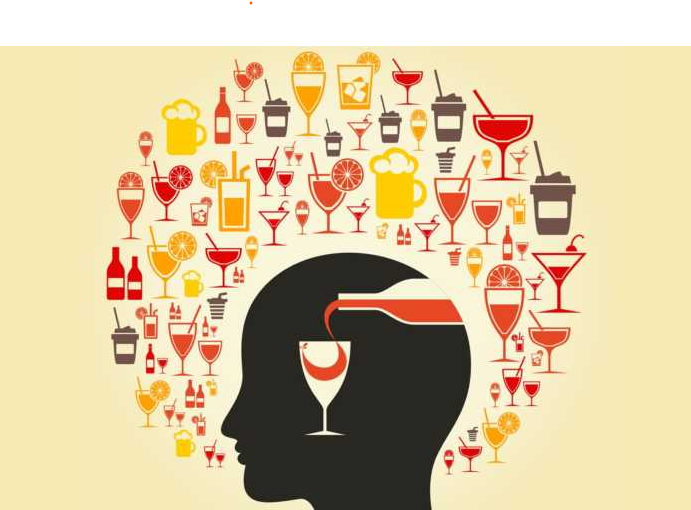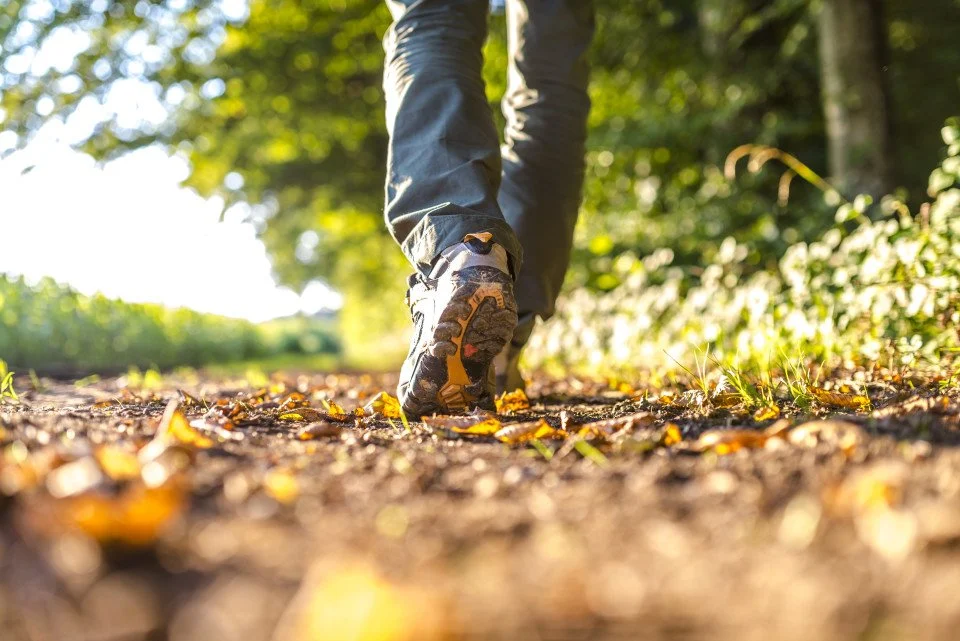Healthy Relationship with Alcohol
emeraldpsych
on
October 20, 2021
emeraldpsych
Foster Healthy and Nutritious Habits around Alcohol

FOCUS
- Foster a healthy relationship with alcohol .
- ‘Food as medicine’ and ‘Food first’ approach.
- Promote nutritional interventions to assist natural detoxification and support liver function.

AIMS
- Increase fibre, glutathione, brassicas and carotenoids for liver health
- Promote pre and probiotic microbiome enhancing foods
- Promote nutrient diversity to promote health

FOOD AS MEDICINE
- Increase fibre, glutathione, brassicas and carotenoids for liver health
- Promote pre and probiotic microbiome enhancing foods
- Promote nutrient diversity to promote health
Carotenoid Rich Foods
Carotenoids are foods rich in yellow, orange and deep green pigments. While Vitamin A can be derived from carotenoid rich vegetables, it is found most abundantly in liver pates, eggs and oily fish like salmon and mackeral.
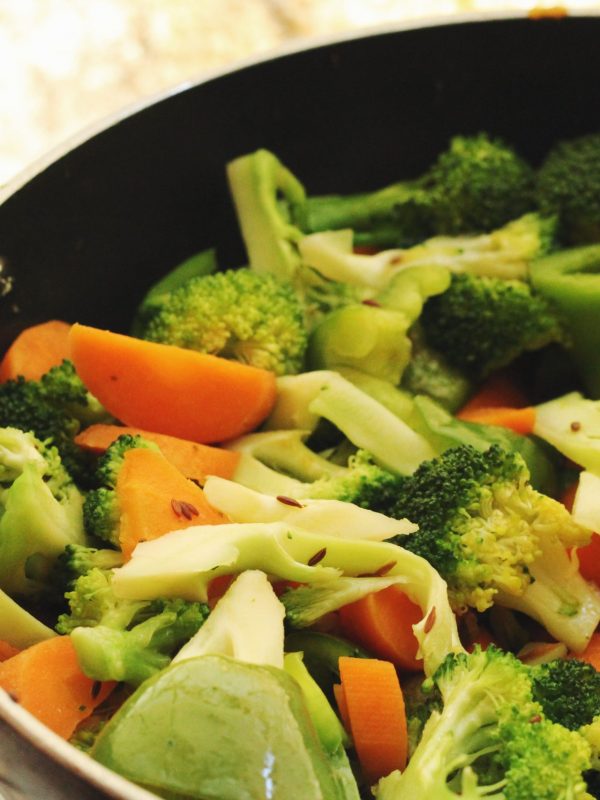
CAROTENOID RICH FRUITS
- Watermelon
- Tomatoes
- Apricots
- Cantaloupe
- Mangoes
CAROTENOID RICH VEGETABLES
- Sweet potato
- Kale
- Spinach
- Butternut squash
- Peppers
- Carrots
- Corn
CAROTENOID RICH FOODS
- Pate
- Legumes – black eyed
- peas
- Pistachio nuts
- Ricotta cheese
BAKED APRICOT RICOTTA
- 1 tub or wedge of ricotta
- 1/2 cup organic dried apricots,
chopped - 1/2 cup honey
- 4 Tblspns hot water
- Juice of two oranges
- 1 tspn organic vanilla essence
- Walnut halves, lightly toasted
- Oven 180
Place ricotta into oven proof dish and break apart slightly – creating valley’s for the apricot sauce. Place hot water, juice and apricots into a pan and set over low on stovetop. Let apricots soften before mixing through honey and vanilla essence. Let simmer and reduce. Pour mix over ricotta. Place in oven and cook, letting ricotta turn golden before removing. Serve with toasted walnuts.
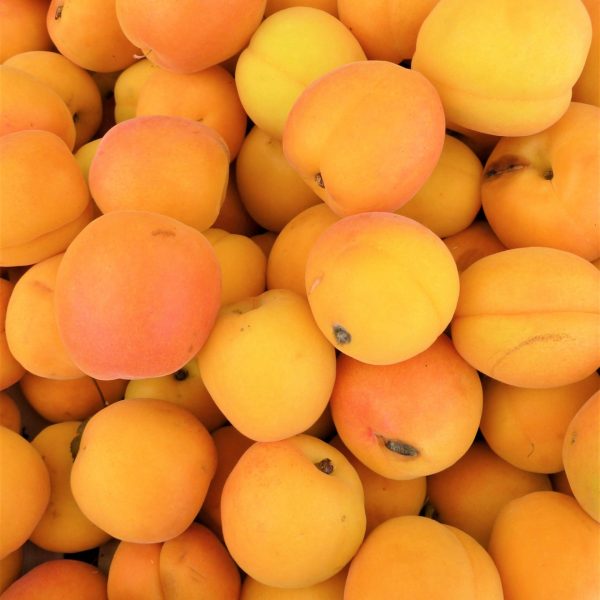
Glutathione Rich Foods
Glutathione is known as a master anti-oxidant, protecting cells from oxidative stress, protecting against toxins and assisting immune response. In the liver,
glutathione assists bilirubin production, protein and enzyme activity, promoting detoxification and increasing the health of the liver
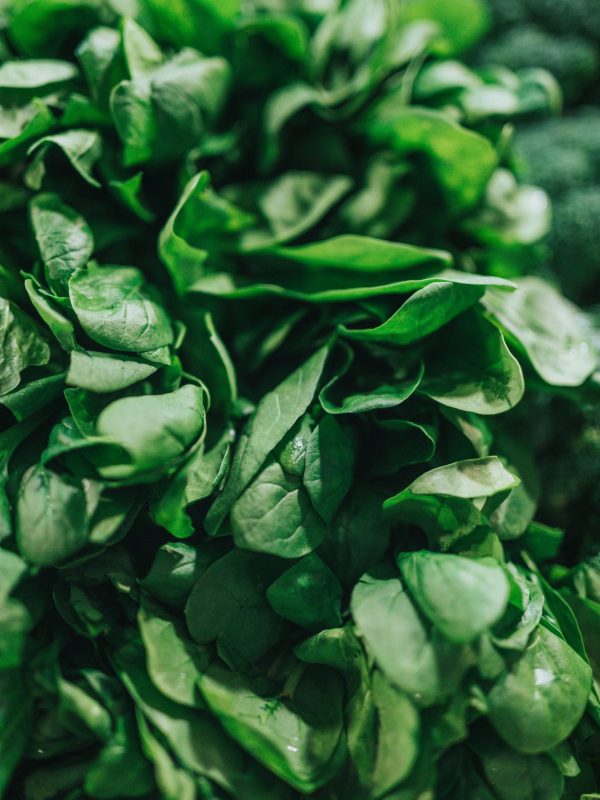
GLUTATHIONE RICH FRUITS
- Watermelon
- Tomatoes
GLUTATHIONE RICH VEGETABLES
- Avocado
- Kale
- Spinach
- Cabbage
- Cauliflower
- Asparagus
- Mustard Greens
- Brussels Sprouts
- Broccoli
- Turnip Greens
- Onions
- Garlic
- Sweet potato
- Bok Choy
- Green leafy herbs
Nuts and seeds are also a delicious way to encourage minerals and glutathione production.
ROASTED GREENS
- Broccoli florets
- Cauliflower florets
- 6 Brussels Sprouts, halved
- 1 Brown onion, sliced
- 2 cloves crushed garlic
- 1/4 cup Olive oil
- 1/4 cup Coconut
- Amino Acids – BBQ
flavour OR BBQ sauce of choice - Salt and pepper – to taste
- Oven 180deg
Place all vegetables into a bowl. Mix the olive oil, Coconut amino acids (or
BBQ sauce of choice) and garlic , then coat vegetables with marinade. Place in baking dish Roast until caramelised – about 20 mins , covering in marinade often.. Serve with tzatziki, roasted potatoes and meat of choice These are also delicious in a pita pocket with falafel and tzatziki!
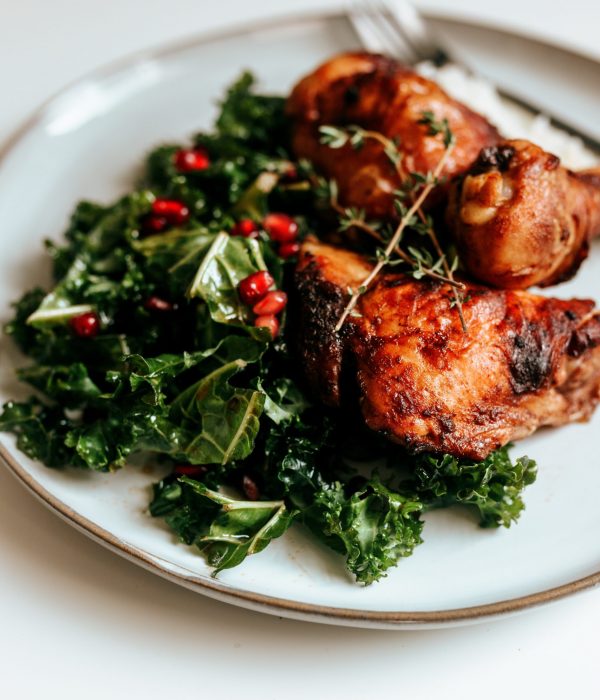
Functional Fluids
Encourage gut health with simple Functional Fluids
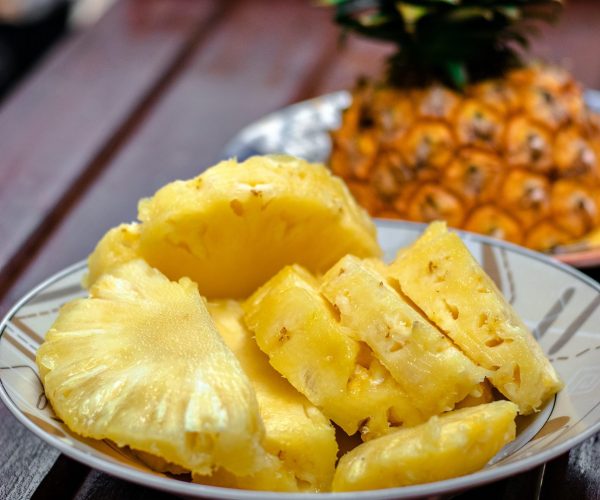
PINEAPPLE DREAM
- 1/4 cup pineapple pieces
- 1 tetrapak coconut water
- 4 Tblspns yoghurt of choice
- Small handful baby spinach leaves
- 1 tspn each
Slippery elm
Psyllium
Green Banana Resistant Starch - OPTIONAL: 1 kiwifruit
Place in Nutribullet and blend until smooth
MANGO LASSI
- 1 Mango
- 1 tetrapak coconut water
- 4 Tblspns yoghurt of choice
- 1 Tblspn oats
- 1 carrot, sliced and steamed to soften (refrigerate until ready to use)
- 1 tspn each
Slippery elm
Psyllium
Green Banana Resistant Starch
Place in Nutribullet and blend until smooth. Add more coconut water or plain water if a lighter texture is desired
UP AND GO
- V8 Vegetable Juice Options
- Coles brand smoothies
- Flavored kefir with 1 banana
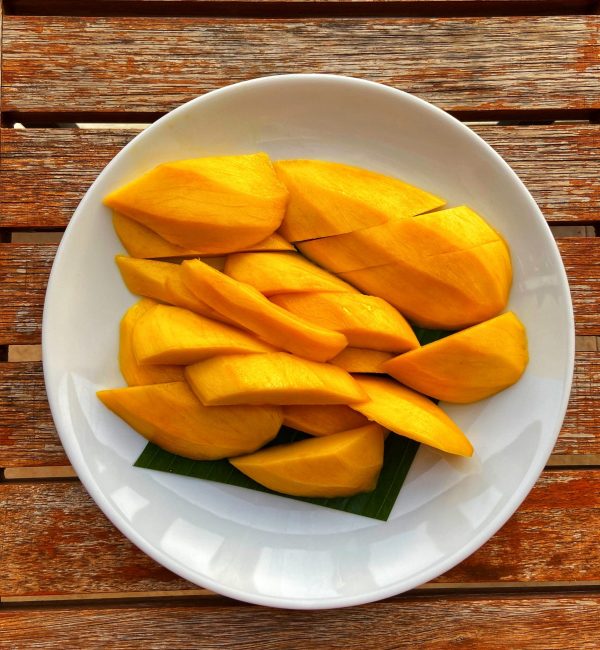
Liver and Gut Healing Soups
Ready-made and healthy? I am on it. Before pouring any beverages, create your snacks, promoting a healthy ‘food first’ philosophy.
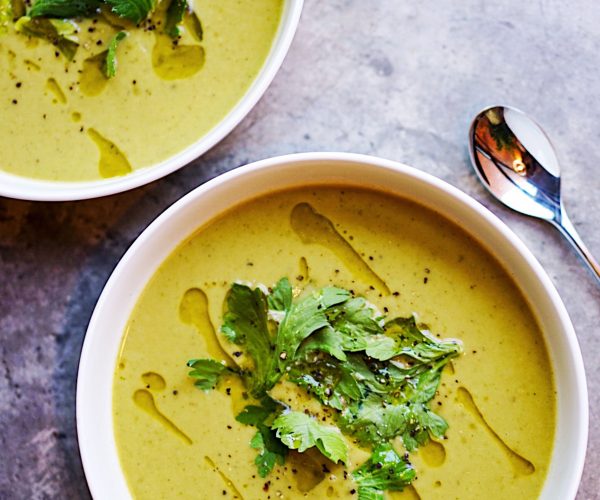
GREEN SOUP
- 1 packet Chicken ready-made bone broth – or jar/packet to 1 ltr
- 1 brown onion, diced
- 2 heads of broccoli
- 2 Zucchini
- 1 good handful baby spinach
- half bunch parsley
- Few leaves of kale – remove stalks and crush before adding to soup to cook
- 1 block creamy feta
- Olive oil
Add oil to pot set over medium heat and brown onion. Add stock to pot. Add all vegetables and simmer until softened. Remove from heat, blend slightly with
stick blender, add crumbled feta and blend until smooth. Place in bowl and add swirl of olive oil. Serve with sourdough toast.
MINESTRONE
- 1 Ltr ready made chicken bone broth or jar/packet to 1 ltr
- 1 400g crushed tomatoes
- 1 packet Woolies ‘cook simmer’ veggie mix, add any other veggies you have in your fridge
- 3 cloves garlic
- 1 small tin 4 bean mix
- 1/4 cup mini macaroni
- 2 bay leaves
- 3 lengths of chives and parsely to serve
- Little butter or oil
Add butter or oil to soup pot and add crushed garlic, saute lightly then add bone broth, bay leaves, pasta and veggies. Boil veg and pasta until pasta is al dente. Remove bay leaves and add tomatoes and rinsed 4 bean mix. Taste and add little salt and sugar if needed. nSimmer to warm tomatoes Serve in wide bowls with sourdough toast. Make this a 1 dish wonder by adding pulled charcoal chicken Garnish with chopped chives and parsley.
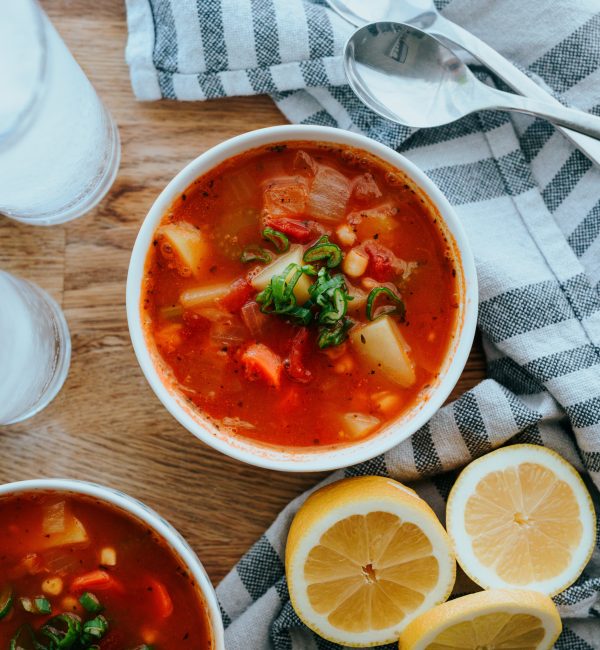
Quick and Simple Snacks
Ready-made and healthy? I am on it. Before pouring any beverages, create your snacks, promoting a healthy ‘food first’ philosophy.
VEGETARIAN PIZZA
- 1 ready-made pizza base – check out Picasso’s cauliflower pizza base for
added fiber - 1/2 sweet potato, cubed
- Small handful rocket leaves
- Red capsicum, sliced
- 1 chili – optional
- Garlic
- Olive oil
- OPTIONAL EXTRAS: Grated parmesan or tasty cheese, olives, mushrooms,
basil leaves
Turn oven onto 200deg Fry off sweet potato in a little olive oil, adding crushed garlic and chill (if using it)
Cook just to color – it will continue to cook in oven.
Spread base with pizza sauce and arrange vegetables – leave rocket off as this is to be added after pizza comes out of oven to maintain nutrients. Sprinkle over cheese if desired.
Cook until pizza base starts to color. Remove from oven and add rocket.
Serve with a big glass of flavored kombucha – it even comes in cola flavor!
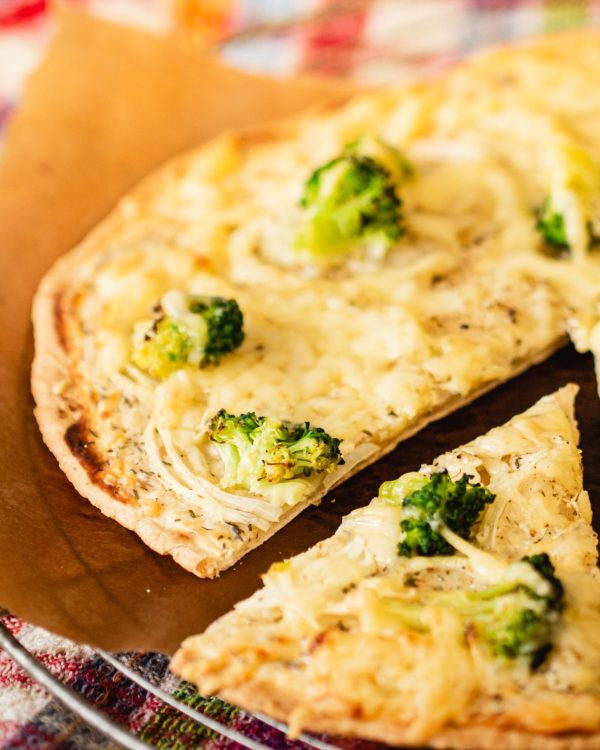
Quick and Simple Dinners
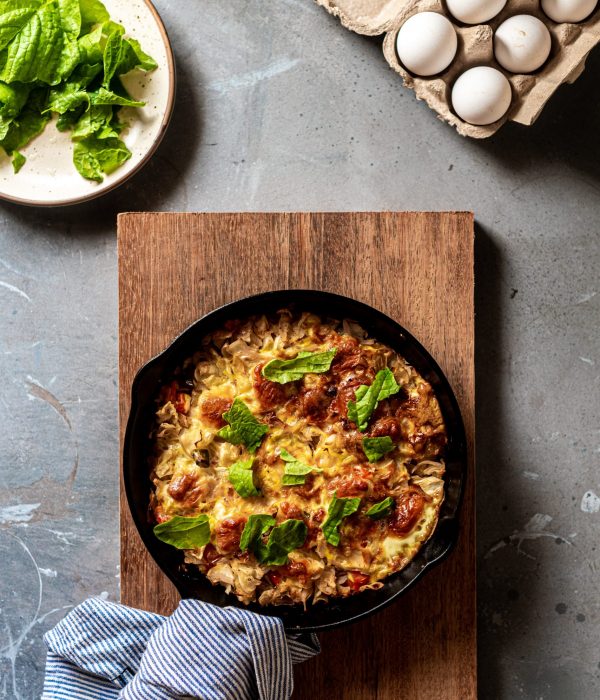
FRITTATA
- 6 eggs
- 1 capsicum – color of choice, diced
- 1 potato, diced
- 1 brown or red onion
- Baby spinach
- 1/4 block feta
- OPTIONAL: pumpkin, diced (small piece)
- Extra tasty cheese
- 1/2 cup milk of choice
- Olive oil
- Garlic – 3 cloves, crushed
- Vegeta/powdered chicken stock/salt and pepper
In an over proof frypan set over medium, add oil, onion, potato, garlic and pumpkin (if using it). Fry until golden, add capsicum and soften
Mix eggs with milk – season to your liking, I love vegeta and powdered chicken stock, as it sets the veggie flavours off. Pour egg mix over veggies, add crumbled fetta and let frittata set over medium to low heat. Sprinkle tasty cheese on top, and add good handful baby spinach. Finish off under grill, cooking until cheese has turned golden. Serve with a side salad.
Nutrient diversity is easy to achieve with platters! Get creative and prepare a delicious easy, one dish meal, and as my goto for Friday night dining, platters are a healthy option to takeaway
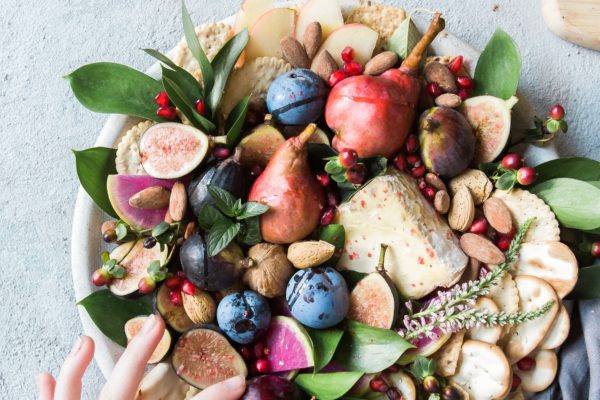
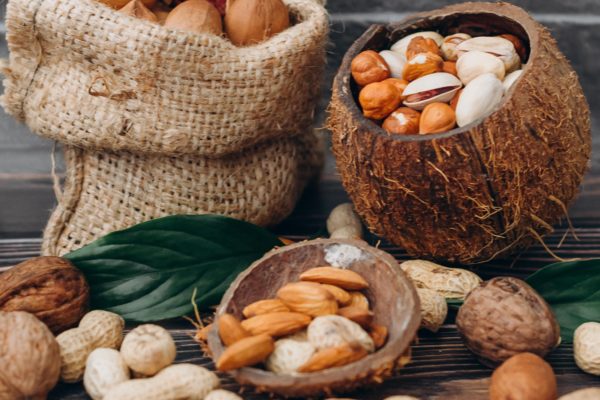
Nutrient diversity is easy to achieve with platters! Get creative and prepare a delicious easy, one dish meal,
and as my goto for Friday night dining, platters are a healthy option to takeaway
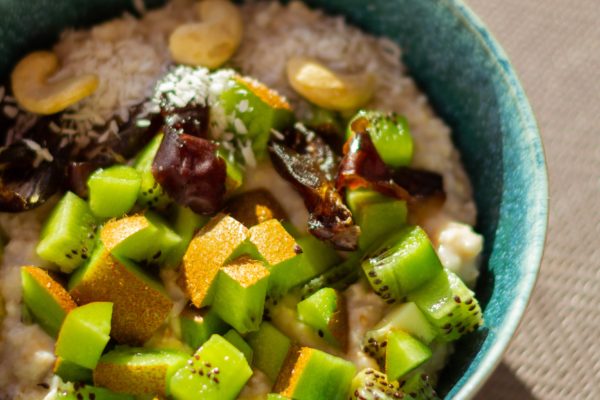
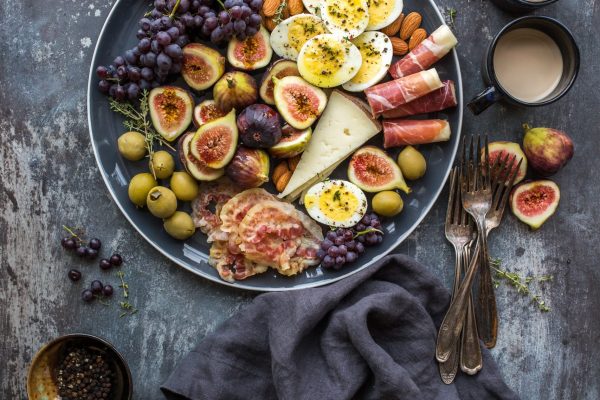
CHOOSE ONE FOOD A DAY FROM EACH CATEGORY, TO INCREASE MICROBIOME DIVERSITY

